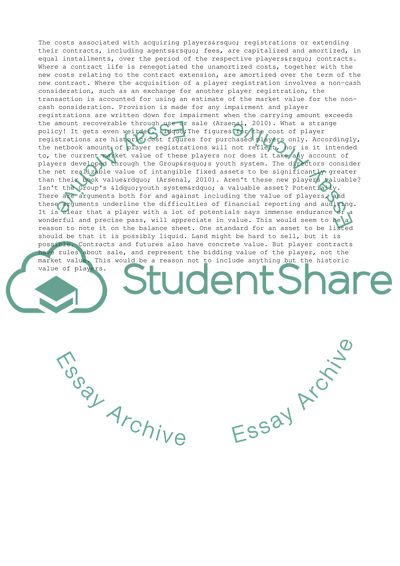Cite this document
(Arsenal PLC: Financial Statements 2009/10 Coursework, n.d.)
Arsenal PLC: Financial Statements 2009/10 Coursework. Retrieved from https://studentshare.org/business/1747565-in-arsenal-plcs-financial-statements-200910
Arsenal PLC: Financial Statements 2009/10 Coursework. Retrieved from https://studentshare.org/business/1747565-in-arsenal-plcs-financial-statements-200910
(Arsenal PLC: Financial Statements 2009/10 Coursework)
Arsenal PLC: Financial Statements 2009/10 Coursework. https://studentshare.org/business/1747565-in-arsenal-plcs-financial-statements-200910.
Arsenal PLC: Financial Statements 2009/10 Coursework. https://studentshare.org/business/1747565-in-arsenal-plcs-financial-statements-200910.
“Arsenal PLC: Financial Statements 2009/10 Coursework”, n.d. https://studentshare.org/business/1747565-in-arsenal-plcs-financial-statements-200910.


